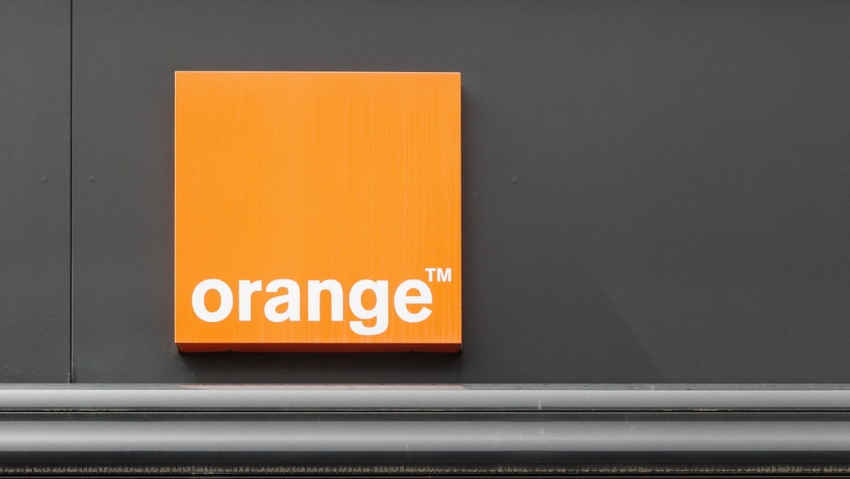
Orange Group indicated that it has lofty ambitions for the deployment of XGS-PON technology throughout France as it seeks to keep pace with rival operators on fiber-to-the-premises (FTTP) buildouts and offers.
According to Laurent Feurer, product marketing director for telco services at Orange France, 30% of the operator's domestic customers should be eligible for XGS-PON by the end of 2024, "and we are aiming for 100% by the end of 2026."
For customers, the technology is enabled by the new Orange Livebox 7, launched in October and compatible with XGS-PON. The new box offers fiber speeds of up to 5 Gbit/s downstream and 1 Gbit/s upstream for residential customers; and 8 Gbit/s downstream and 2 Gbit/s upstream for business customers. At the same time, Orange said it is extending the use of Wi-Fi 6E "to the vast majority of its customers."
This is certainly an improvement on the Livebox 6, which offers 2 Gbit/s downstream and 600 Mbit/s upstream for residential customers.
XGS-PON, or Ten (X) Gigabit Symmetric Passive Optical Network, enables symmetric speeds of up to 10 Gbit/s based on the standard released in 2016. Compared to rivals, Orange is nevertheless a little slow off the mark because two French operators are already providing higher speeds using XGS-PON.
For example, SFR was the first to launch an 8 Gbit/s offer in February 2022 with the Box 8X, followed by Bouygues Telecom in July 2023, albeit only in Paris at the time. Meanwhile, Iliad-owned Free is relying on 10G EPON and also advertises speeds of up to 8 Gbit/s.
Meeting demand
According to a spokesperson for Orange, the group is preparing for an expected increase in demand for bandwidth. As the spokesperson remarked, some high-usage customers are always looking for the next big bandwidth offer. "If you want to offer higher than 2 Gbps, you need to move to XGS," the spokesperson said.
Orange said it is relatively straightforward to upgrade from the older GPON standard to XGS-PON, commenting that the Optical Distribution Network supports both technologies simultaneously.
"Moving to XGS requires only an upgrade on both ends: XGS compatible [optical network terminals/ONT] on the client side and XGS compatible ports or boards on the [optical line terminal/OLT] side," the spokesperson said.
Orange also said it took both financial and environmental concerns into consideration when introducing the new technology.
For example, XGS-PON allows it to offer premium offers with a higher ARPU in both France and Spain. Furthermore, XGS deployed using a "combo port" (GPON and XGS-PON) "allows densification with a larger PON tree splitting factor." More users per port means fewer ports, less equipment and a lower carbon footprint, Orange added.
Next steps?
While today's PON deployments are largely focused on 10-Gig technologies, there's already some action focused on next-gen 25-Gig technologies. Richard Rommes, VP of access networks solutions and strategy at Harmonic, also told Light Reading last year that while 10G PON has some legs, he views 100G PON as the next big upgrade on the horizon.
In addition, a recent Omdia survey found that while many cable operators are plowing ahead with hybrid fiber/coax (HFC) upgrades, a sizable portion of those operators are also deploying PON technologies for targeted fiber-to-the-premises (FTTP) buildouts in rural areas and other greenfield environments. Others, such as Altice USA and Virgin Media O2, are moving aggressively with PON overlays of their legacy HFC networks.
Read more about:
EuropeAbout the Author(s)
You May Also Like












